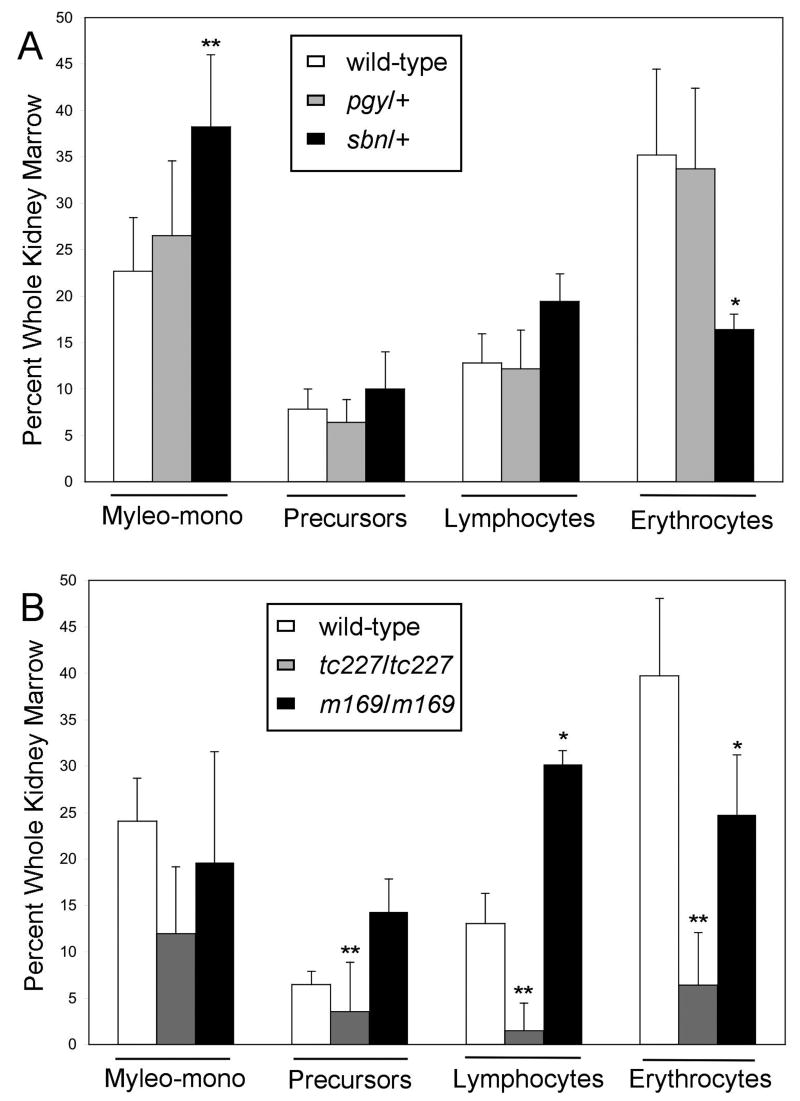Fig. 3. Adult zebrafish with mutations in smad5 are anemic.
(A) Analysis of heterozygous adults. WKM was collected from adult wild-type, pgy/+ and sbn/+ fish. Samples were analyzed by flow cytometry for FSC and SSC; dead cells were gated out by PI staining. Four populations were resolved: erythrocytes, myelo-monocytes, lymphocytes and precursors. For each genotype, the mean percent of WKM was graphed for erythrocytes, lymphocytes, precursors and myelo-monocytes. P values were calculated by two-tailed student's T-test by comparing wild-type to smad5 mutants for each cell type. Sample numbers for each were: wild-type (n=11), pgy/+ (n=5), sbn/+ (n=5) *P<0.02, **P<0.001. (B) Homozygous mutants rescued from embryonic lethality to adulthood by injection of mRNA encoding Smad5. Two mutant alleles that could be rescued are tc227 (believed to be a null allele) and m169. Analysis was as described above in (A). Sample numbers for each were: wild-type (n=4), tc227/tc227 (n=5), m169/m169 (n=2) *P<0.07, **P<0.03. The rescue of m169/m169 proved very challenging, which precluded generation of sufficient numbers of fish to test rigorously statistical significance, while the trend toward anemia is evident. Meanwhile, the tc227/tc227 mutants represent a stronger allele and shows clear anemia and additional alterations not seen in other mutants, for example in lymphocyte numbers.

